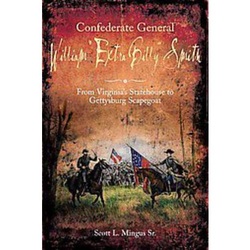
Scott L. Mingus Sr.
ISBN: 978-1-61121-129-0
Savas Beatie Pgs. 418
Image courtesy of Target
In Scott Mingus‘ biography on William Smith, he brings to life a once obscure character not as well-known as other Gettysburg characters such as James Longstreet or even John Brown Gordon. But once again, Mingus has proven that he should be considered the leading historian on Early’s Division at Gettysburg.
Mingus has authored the previous works of The Louisiana Tigers at Gettysburg June –July 1863, and Flames Beyond Gettysburg: The Confederate Expedition to the Susquehanna River, June 1863. He is also a scientist in the paper industry and has published five war gaming books along with winning the Douglas Southall Freeman Award in 2009.
“Extra Billy” Smith’s early political life was fueled with experiences which would ready him for the country when the Civil War broke out. He was a target of many newspapers both north and south both while he was in the governor’s seat before the war and in Congress during the time of secession. One of the major Antebellum events which many historians remember is the caning of Charles Sumner; it is one of the more violent events in Congress’ history. But Mingus reminds us that not only Sumner suffered the wrath of the violence in politics before the Civil War. He recounts many events which surrounded the Congress even when editor Horace Greely was assaulted along with Smith’s wrestling match with Douglas Wallach. During his time in Congress, Smith’s most comical moment was when he was speaking during the Christmas season and was going a bit long. In order to attempt him to stop, he was given a glass of eggnog, but instead of stopping, he continued which became the famous “eggnog” speech and reporters grasped onto it. When the war broke out, Smith stayed around until Virginia left the Union. While in the army, he led his men in a non-militaristic style. He would often rush into combat with his men and while his men, as colonel of the 49th Virginia, would see that as a heroic gesture, the press and other commanders would see it as a man not trained in the military. It was one of things which the press and other commanders latched onto which could be seen more as a movement of jealousy than praise of heroism. It would not be long before he would be brought back into the world of politics when his name was brought forward again to be the governor of Virginia. It was the military vote which threw him back into the Virginia statehouse but it would only be after the Battle of Gettysburg when he would be able to do that. His performance at Gettysburg was left wanting and was seen as a scapegoat after the battle since he did not pursue the Eleventh Corps during the first day of combat. This led many to state that the failure to take Cemetery Hill would be the cause of the Union victory on the field. Later during the battle, he would be criticized for his “attack” against George Greene on Culp’s Hill. Upon his return to the state house, Smith would live out the rest of his political career and was one of the government fugitives after the surrender of Lee and Johnston.
This account of the life of Smith is one of the most well written biographies on a character in the Civil War. One recommendation is to read the appendix which notes more of the controversy with Smith at the Gettysburg Campaign which gives more clarity to the situation. Mingus took a character which is less known than others and brought to the attention to the community about this scandalous person who could easily give Daniel Sickles a run for his money.
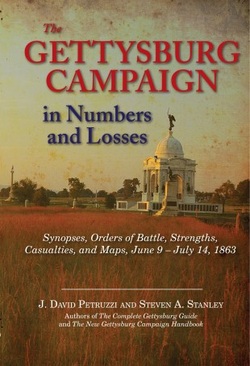
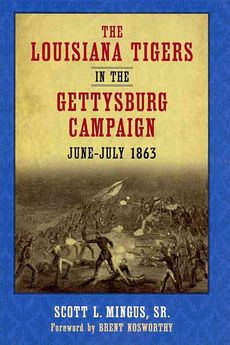
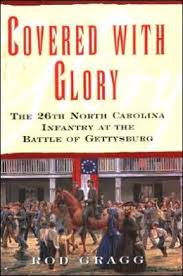
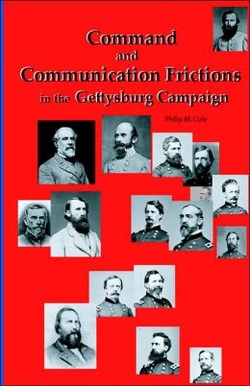
 RSS Feed
RSS Feed
